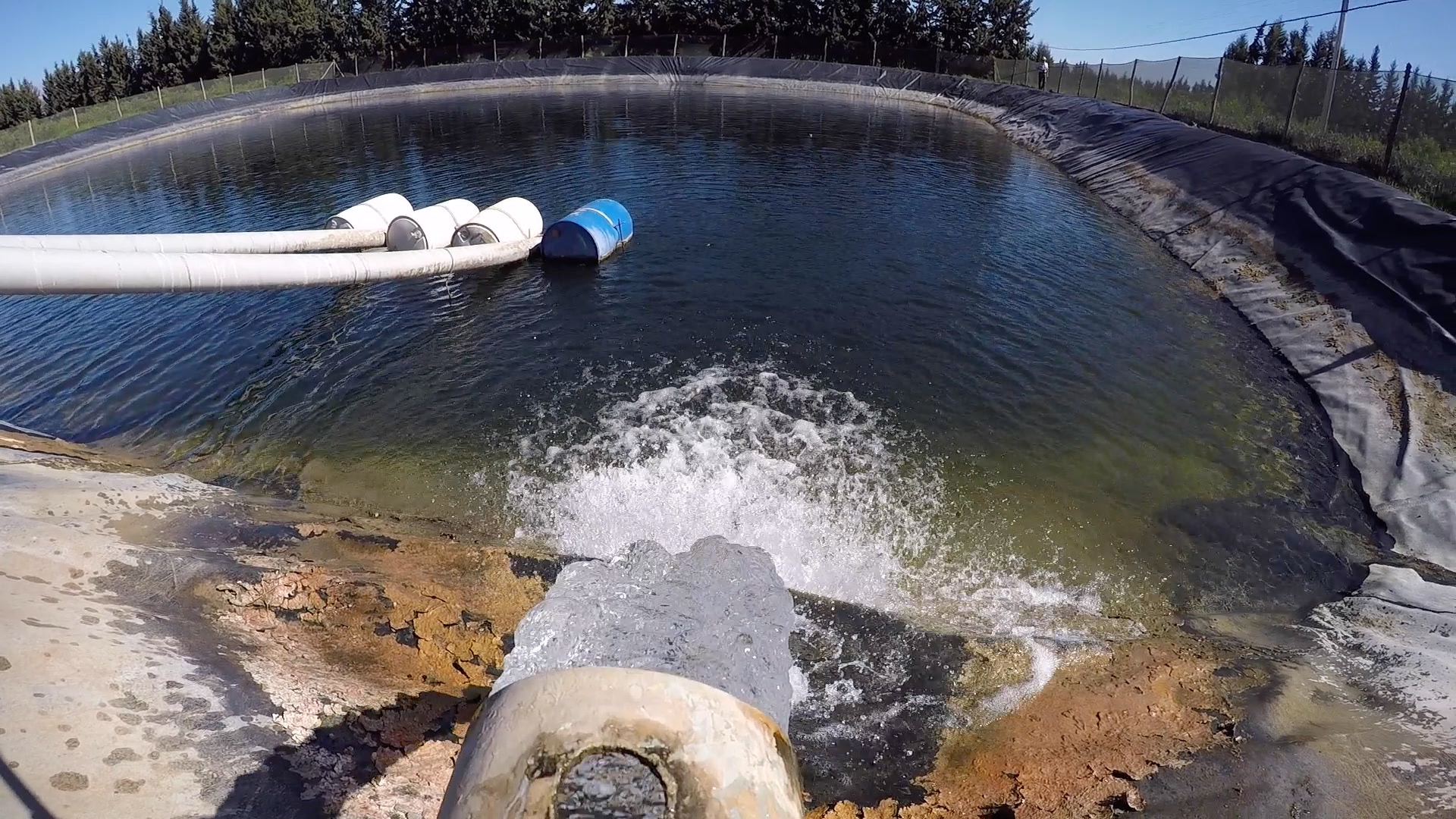PALM SPRINGS, Calif. — Increasing amounts of water are being depleted from the world's aquifers, and scientists have estimated that a large portion of the water ends up flowing into the oceans.
So much groundwater is being pumped from wells that researchers say it iscontributing significantly to global sea-level rise.
Hydrologists Yoshihide Wada and Marc Bierkens have calculated estimates of the amounts of groundwater depleted annually since 1900, and their findings are striking. When plotted on a chart, their figures show depletion occurring at an accelerating pace, which in turn is pushing the levels of the oceans higher.
The quickening rate of global depletion adds an alarming dimension to scientists' findings, based on satellite measurements, that reveal widespread declines in aquifers around the world. And as that water flows off the continents, it is adding to the problem of rising seas as glaciers and ice sheets melt due to global warming.
"If we want to understand current sea-level rise, which we need to understand to better predict future sea-level rise, we have to take account of this groundwater contribution," said Bierkens, a professor at Utrecht University in the Netherlands who is also affiliated with the Deltares institute.
Wada, a research scientist at the NASA Goddard Institute for Space Studies in New York, said the world's demand for water has grown significantly in the past 15 years as the global population has swelled. More water is being used to produce food, and much of that water is being pumped from aquifers.
Climate has also played a role in places like California, where drought has led farmers to pump groundwater more heavily to make up for the lack of surface water.
As water is pumped from wells, some of it is taken up by crops or piped to cities. Some evaporates and ends up in the clouds. In places, some of the water soaks back into the ground and replenishes aquifers. But scientists have calculated that much of the groundwater winds up in rivers and ultimately in the oceans.
Bierkens and Wada have estimated that in 1960, the amounts of groundwater depleted each year contributed between 0.09 and 0.27 millimeters to sea-level rise. By 1990, that had grown to 0.25-0.54 millimeters per year. And in 2014, they estimated groundwater depletion was causing between 0.41 millimeters and 0.89 millimeters of sea-level rise each year.
Researcher have produced varying estimates, with groundwater depletion accounting for between 10% and 30% of annual sea-level rise in recent years. Bierkens and Wada came down in the middle at roughly 20% in a 2012 research paper.
That makes groundwater a small yet significant chunk of the projected rise in the world's oceans, which threatens to swamp many low-lying islands and inundate coastal cities in places from the United States to China to Brazil.
The Intergovernmental Panel on Climate Change has projected using a range of scenarios that the seas could rise by between 1 foot and slightly more than 3 feet by 2100. Other researchers have warned that the oceans could rise faster.
Because groundwater pumping isn't well monitored or measured in most places, scientific estimates of depletion are calculated based on limited available data. That includes recorded declines in groundwater levels when that information is available. In many places, though, measurements of changes in water levels aren't publicly shared or are only partially released, complicating the work of researchers.
In a 2011 study, Leonard Konikow of the U.S. Geological Survey calculated that groundwater depletion accounted for about 6% of sea-level rise during the 20th century. But he estimated that share grew to 13% between 2000 and 2008.
Konikow said even though the rate of sea-level rise has increased, the rate at which the world's aquifers are being depleted "has increased proportionately more."
Wada said more studies of this groundwater contribution will be vital in planning mitigation measures to adapt to rising seas.
The trends also point to a need to increase the efficiency of irrigation and take other steps to lessen overpumping, Bierkens said.
Groundwater has been called a "hidden resource" because in many areas people have long been largely oblivious as aquifers have receded. But Bierkens said that doesn't lessen the urgency of doing something about the world's growing depletion problem.
"Per person on this Earth, we should try to decrease water demand," Bierkens said Thursday in an interview by Skype from San Francisco, where he and Wada were attending a meeting of the American Geophysical Union.
Bierkens likened overpumping to living on borrowed money.
"You're basically depleting your savings to feed yourself, and that is actually not a good idea," Bierkens said. "Everybody who runs a household knows that this is not sustainable in the end."
In a 2014 article in the journal Nature Geoscience, Wada and other scientists analyzed several strategies for lessening "water stress" around the world in the coming decades. The strategies ranged from moving toward more efficient irrigation systems and improving crop yields to increasing the amounts of water stored in reservoirs and building more desalination plants.
They concluded that with a variety of strategies, it would be possible to hold steady the number of people living in water-stressed areas — now about one-third of the world's population – or even reduce that number.


